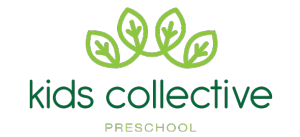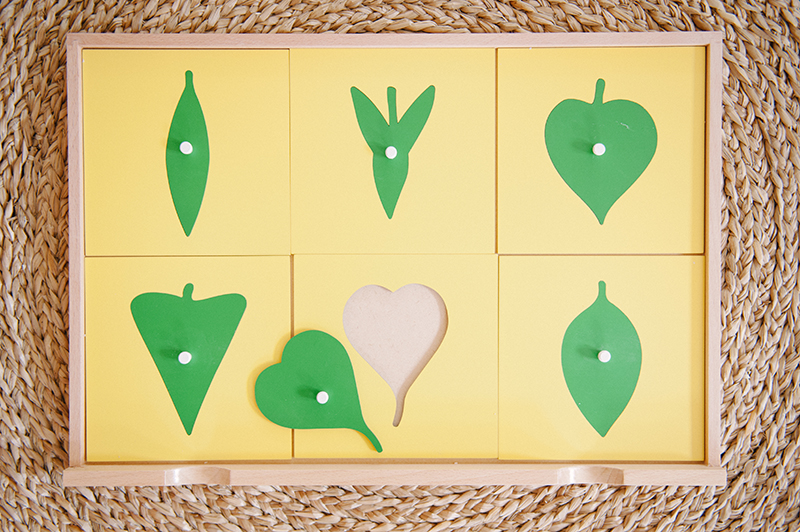The Montessori approach is an innovative education model driven by the idea of natural children’s development. While the traditional method is based on following the prearranged education plan, the Montessori philosophy focuses on fostering child’s innate inclination to explore and interact with the world. Children’s natural abilities are unveiled in a specially arranged environment, where kids can choose from a number of developmental activities and unlock their full potential.
The Montessori learning model is a self-directed process, in which a child is treated differently from adults and individually from other kids. The role of a teacher in the Montessori classroom is supportive and encouraging rather than instructive and authoritative. Competent teachers guide preschoolers, as they work with materials or participate in learning activities. Together with kids, teachers become explorers, creators and writers, as they get involved in practical activities, mathematics, language and cultural studies. The beautifully crafted environment and the role of a teacher are key aspects that distinguish the Montessori preschool from traditional schools.
Historic Background of Montessori Preschool
The Montessori education method bears the name of an Italian educator Dr. Maria Montessori. Based on observations over children’s development at the ages from 3 to 6, she concluded that children need no persuading to learn and perform some daily activities. On the contrary, kids who are not allowed to acquire knowledge from things they like are prone to destructive behavior during teenage years.
Dr. Montessori highlighted that at an early age children are very sensitive and their appetite for learning should be encouraged in a “prepared environment”. It is a place where kids can meet these innate needs and direct their energies to constructive formation of their mind and body. In the Montessori model, such an environment is a groundwork on which preschool curriculum is based. Sensorial materials are an indispensable element of the curriculum. At the preschool age, kids learn through senses by listening, touching and seeing things. Learning through sensorial materials helps them gain an insight of the world and strengthen their perception.
In 1929, the Association Montessori Internationale (AMI) was founded to foster expansion of progressive education principles at preschools and among teachers and educators. For many years, there were only a few private Montessori schools – nowadays, there are almost 4,000 schools and 3,000 teachers. Most of them are based in the USA, and over hundreds of them can be found across 6 world’s continents.
Montessori Philosophy Basic Principles
The Montessori education approach is now being successfully employed among preschools and elementary schools in nearly every country of the world. Its principles are relevant for all preschool kids irrelevant of their abilities and special needs.
Here are basic principles for guiding essential child’s development:
-
Freedom is the key to self-discipline
Each child is a unique human being with specific skills, capacities and interest. Respect for kids’ freedom to choose the way they learn and follow their inherent impulses is the most crucial principle in Montessori education. Kids are wrongly believed to be innately unruly. Remarkably, child’s self-discipline comes from freedom.
Kids act independently and work with materials that appeal to him/her and as much time as they want without need to get on with other kids. Montessori preschoolers are free to walk across the classroom at their own wish and interact with peers when they need to share their exciting ideas, or even take on activities to learn for themselves.
-
Learning comes through intrinsic joy and self-correction
There is a widespread viewpoint that children learn through reward. In the Montessori classroom, teachers appreciate and encourage children’s input in tasks they perform, but they implicitly motivate children to independently value results of their work. In other words, kids should get intrinsic joy from realization that they have learnt something new.
In the same way, Montessori teachers do not baldly show children’s errors, but help them realize them. Moreover, the majority of sensorial materials are designed to help children instantly identify and fix mistakes while they happen.
-
Sensitive period is a source of natural development
We have already spoken about kids’ sensitive periods, when they are especially susceptible to engage in some kind of activities and, consequently, discover new skills. As a result of such activities, they learn how to speak, use hands to perform desired tasks, express thoughts and draw conclusions. Sensitive periods are limited time, and the role of a teacher (or a parent) is to recognize it and ensure children with a properly arranged environment for successful learning.
-
Learning is hands-on experience
The best way to help kids makes sense of the world is to get them involved in practical activities meant to resemble routine tasks. As we know, children are prone to imitate activities they have observed. Therefore, the goal of Montessori education is to show how to perform tasks, so that children develop their way to implement them on their own. During practical life classes, preschoolers learn how to brush teeth, get dressed, prepare snack, clean up after themselves, and so on. These skills help them become confident and get ready for the life of adolescence.
-
Nature inspires children
Nature is a source of inspiration for the little ones. That’s why the Montessori classroom is a place, where natural materials prevail – wooden pyramids and tablets, paper cards, reeds, geometry metal items and so on. According to Dr. Montessori, nature helps children perceive reality. There is a great number of active learning and adventure sessions at the Montessori preschool that take place in the fresh air rather in the classroom.
-
Social environment prepares children for life among people
Montessori sessions are held in multi-age groups. In the traditional education model, children are grouped by age, whereas during Montessori classes, they constantly interact with younger and older kids. Younger preschoolers learn from those who are older, and older children reinforce their skills by showing what they have already grasped to younger ones. It is not completion, but cooperation that dominates in such mixed groupings. Social interaction is supported by a well-arranged environment, where a kid satisfies various developmental needs.
Montessori Education: at School or at Home?
Montessori style of learning can be employed by parents at home. They can involve their kids in cooking, cleaning, shopping, and caring for animals and plants. However, only at Montessori preschools, kids can get most of these principles. Here natural development comes from being in a specially designed environment across other kids and under supervision of qualified teachers.
Montessori method should naturally flow from the family landscape. In the Montessori preschool, kids develop not just intellectually, but as whole people. Habits and skills obtained in a preschool become engrained with kid’s personality throughout life. Therefore, parents and teachers work as a team, which makes child’s education a coherent and balanced process. For this reason, the philosophy continuously integrates in the upbringing model used by parents, so that a child doesn’t feel divergence in nurturing between school and home.





